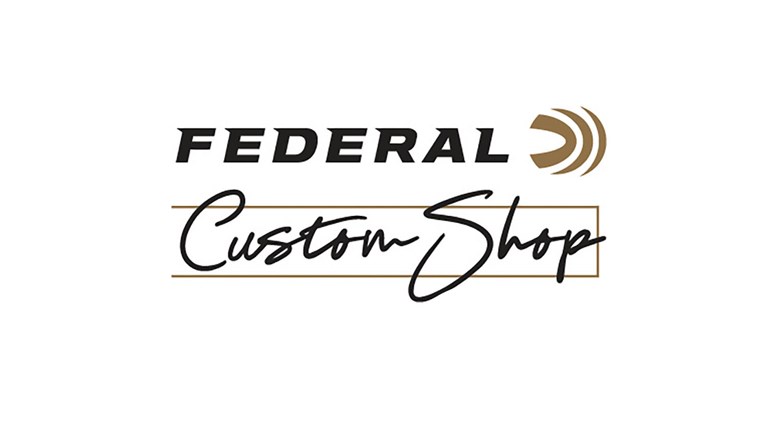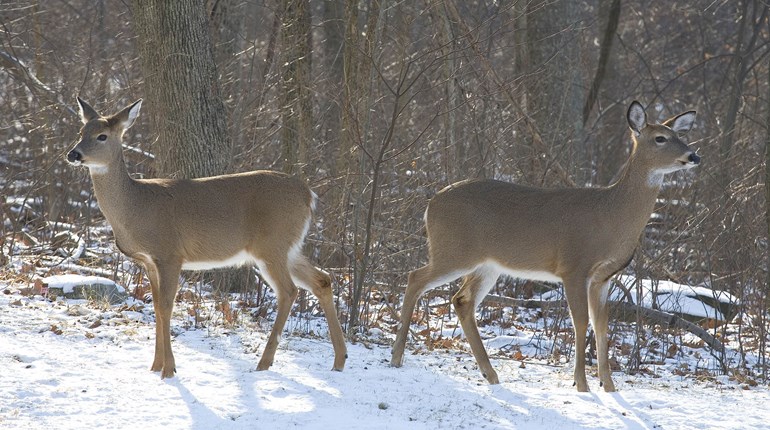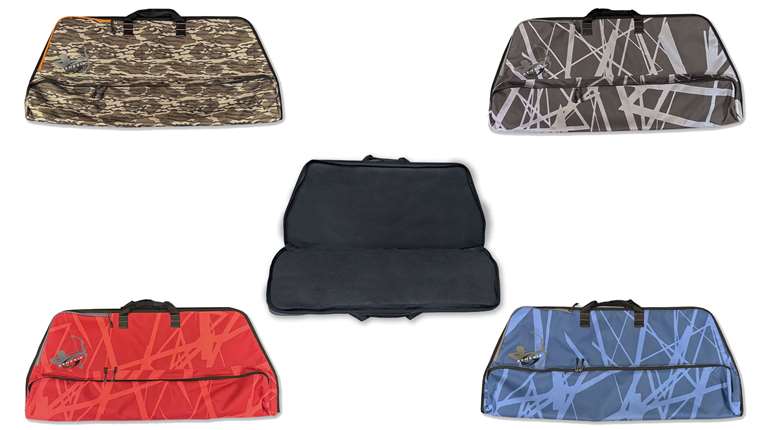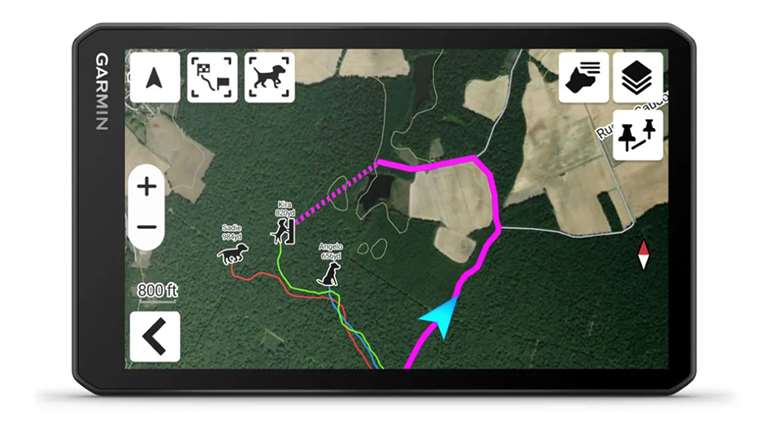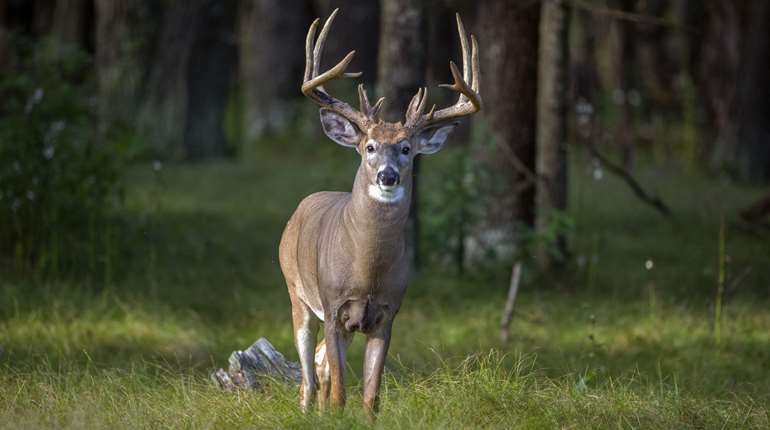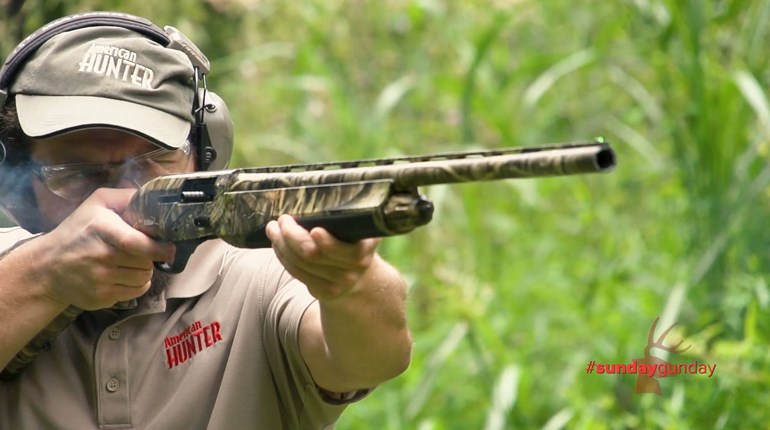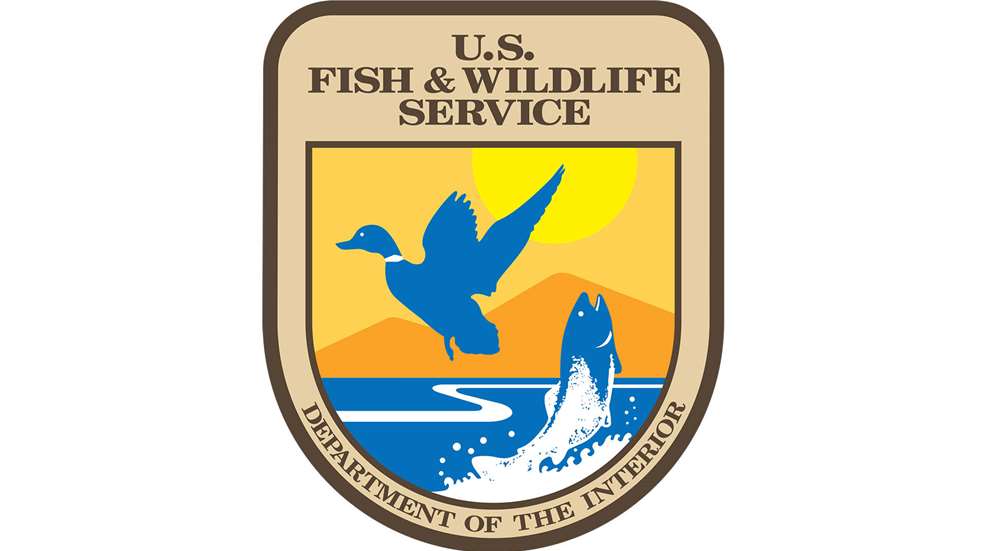
The U.S. Fish and Wildlife Service is distributing more than $55 million to state fish and wildlife agencies through the State Wildlife Grant (SWG) Program to protect and manage species of conservation need, promote the recovery of wildlife and conserve habitats nationwide. The grant funds are allocated to all states, commonwealths, U.S. territories and the District of Columbia according to a congressionally mandated formula based on population size and geographic area.
Since 2000, the SWG Program has invested more than $1.34 billion in partner agency efforts to address a variety of conservation needs, such as research, fish and wildlife surveys, species restoration and habitat management.
“The State Wildlife Grant Program supports conservation actions aimed at avoiding new federal listings of threatened and endangered species, recovering those species already listed and ensuring healthy populations of each state’s top-priority fish and wildlife species for future generations,” said Paul Souza, acting director of the U.S. Fish and Wildlife Service. “We are pleased to be working with these partners to protect America’s natural resources and wild places.”
SWG Program funds must be used to address conservation needs described within each State Wildlife Action Plan. These plans represent each state’s highest conservation priorities and are developed based on input from state leadership, agency partners and the public. Most recipient agencies provide at least 25 percent in nonfederal matching funds. Combined, these plans create a nationwide system of conservation priorities that helps facilitate the proactive protection of important species of conservation need, such as freshwater fish and nonmigratory birds and their habitats.
This collaborative, locally focused approach encourages partnerships among private landowners, universities, industry and nonprofit conservation organizations—working together to benefit wildlife, wild places and the people who enjoy them. Since the program’s inception, administered by the Service’s Office of Conservation Investment, the nation’s fish and wildlife agencies have taken on major conservation challenges and achieved key milestones.
The Arkansas Game and Fish Commission, for example, uses SWG funding to support its top conservation priorities, including restoring and managing open pine woodlands. By partnering with large private landowners, the agency ultimately improves habitats at scale.












